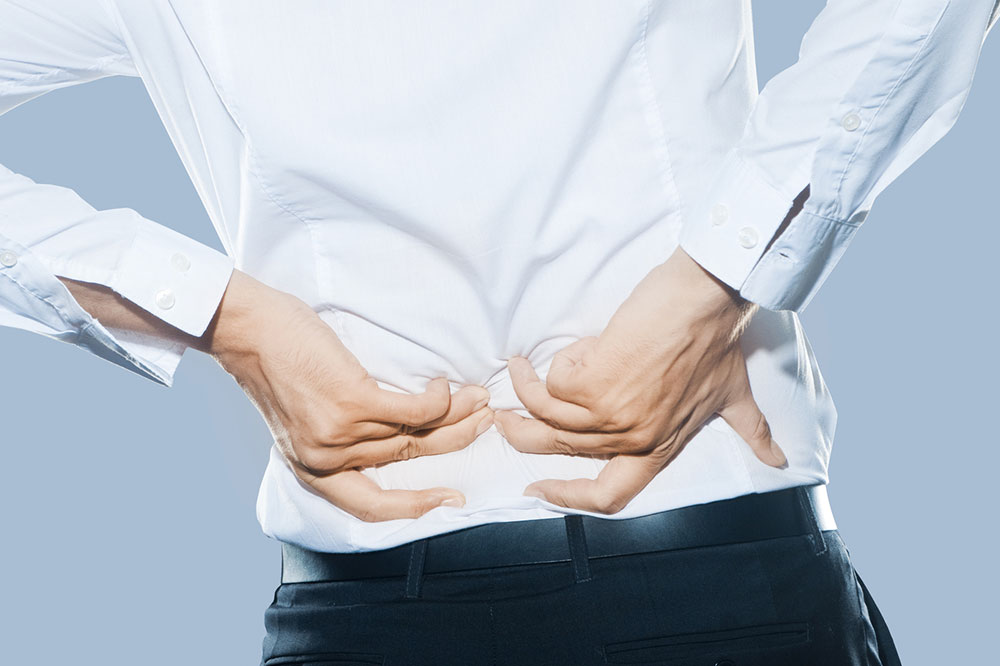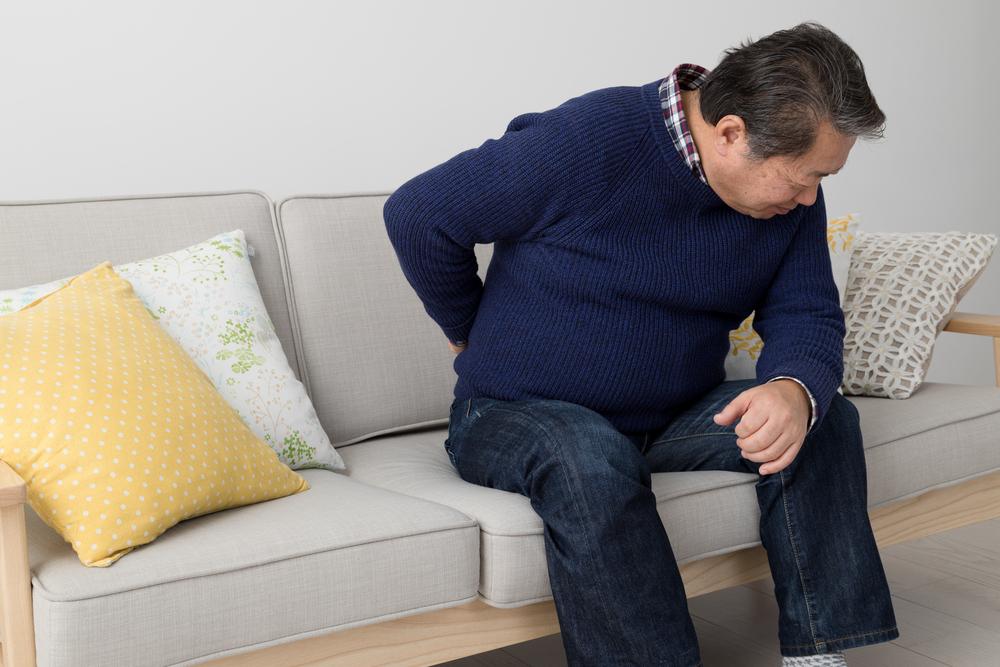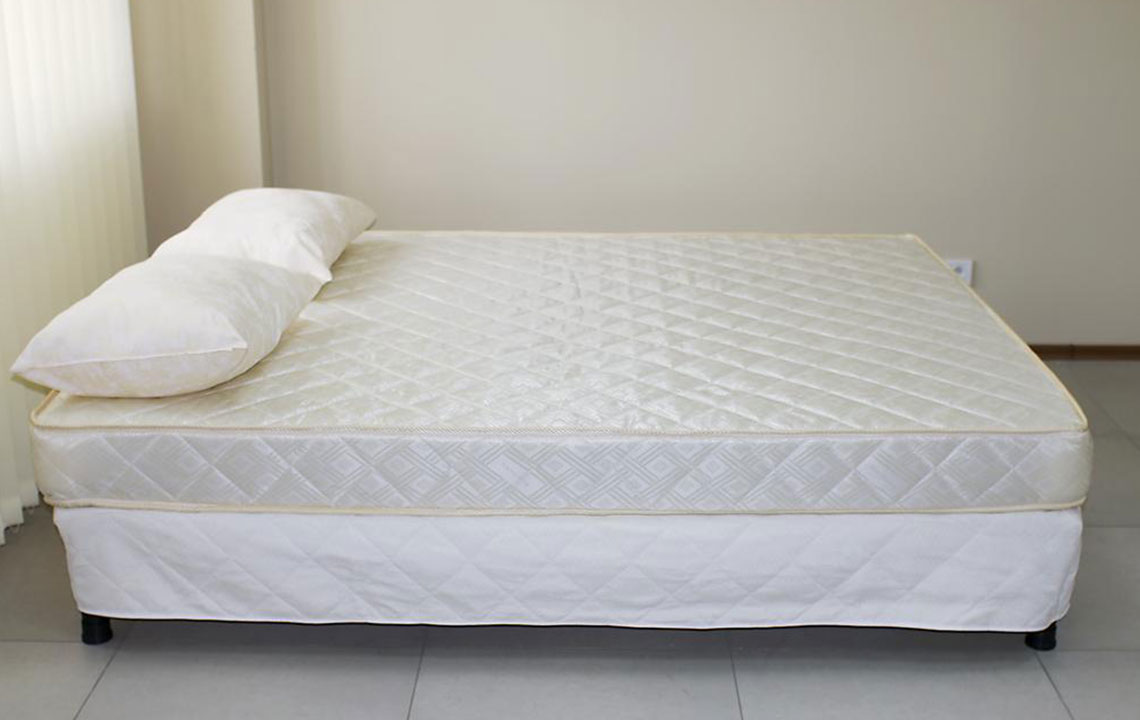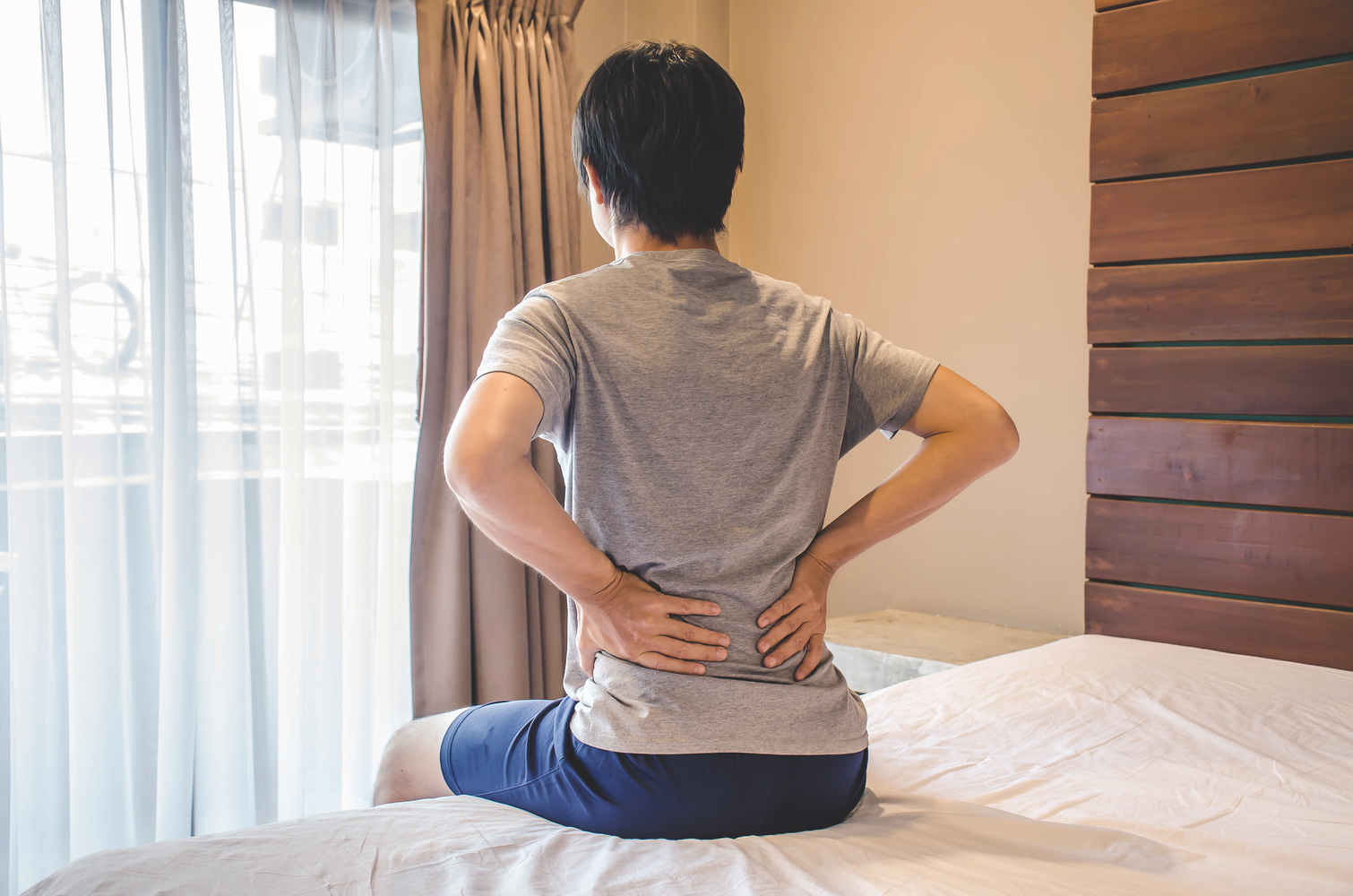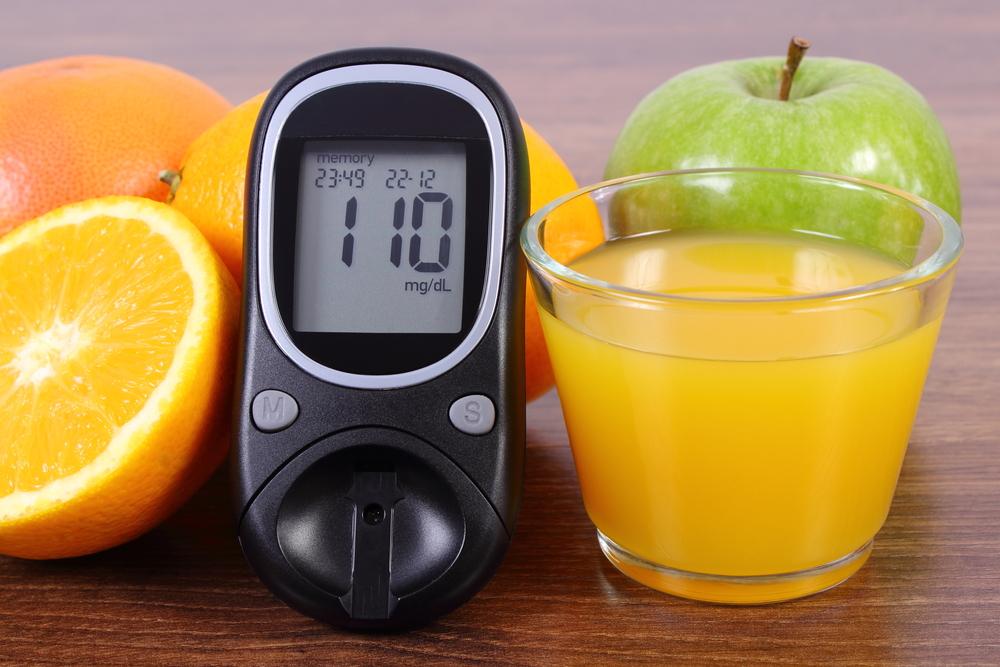Understanding the Causes and Types of Back Pain
Explore the causes, types, and common conditions associated with back pain. This guide covers symptoms from middle to lower back pain, including nerve issues, degenerative diseases, and trauma. Understand how age, injury, and health conditions influence back discomfort and learn when to seek medical advice. The article aims to educate readers on managing back pain effectively and highlights the importance of consulting healthcare professionals for proper diagnosis and treatment options.

Understanding the Causes and Types of Back Pain
Comprehensive guide to back pain
Back discomfort affects many individuals, caused by injuries, aging, or underlying health issues. Over 31 million people in the U.S. suffer from back pain, which is a leading cause of disability worldwide. It is a common reason for missed work and doctor visits, with more than 80% of adults experiencing some form of back trouble during their lives. Serious conditions like tumors, fractures, infections, and inflammatory diseases can also lead to back pain. Annually, Americans spend over $50 billion on managing this condition.
Middle back discomfort
This refers to soreness or pain in the thoracic area where the mid-back connects to the rib cage. It can be acute or persistent, often resulting from strained muscles due to heavy lifting or repetitive motions. Injury to spinal discs or standing for prolonged periods can also trigger middle back pain. Conditions like disc damage cause the soft cushions between vertebrae to leak or break, leading to nerve irritation and discomfort. Age-related issues such as osteoporosis weaken bones, increasing susceptibility to fractures. Infections, scoliosis, and tumors are additional causes of middle back pain, impacting the spine’s structure and function.
Lower back discomfort
This type of pain varies from mild to severe, often presenting as a dull ache, sharp stinging, or burning sensations that may radiate to the legs and feet. Numbness, tingling, muscle spasms, and tightness in the hips and pelvis are common. Symptoms worsen with prolonged sitting or standing, making everyday movements difficult. Mechanical injuries, such as muscle strains or joint dysfunction, are typical causes. Activities like heavy lifting, sudden twists, or poor posture can trigger acute pain that resolves quickly. Persistent pain lasting more than three months often indicates nerve root irritation, disc degeneration, or joint issues like spinal stenosis or spondylolisthesis. Conditions such as osteoarthritis or fractures from osteoporosis can also contribute to lower back discomfort.
Lumbar herniated disc: When the soft nucleus protrudes through a tear, irritating nearby nerves.
Degenerative disc disease: Age-related wear causes discs to lose hydration and resilience, resulting in pain.
Facet joint and sacroiliac joint dysfunction: Abnormal narrowing of the spinal canal presses on nerves, causing discomfort.
Spondylolisthesis: Vertebra slipping onto another due to fracture or joint instability.
Osteoarthritis: Degeneration of facet joints and discs increases joint pain.
Spinal deformities and trauma: Fractures or dislocations from falls or accidents.
Important Notice:
This website aims to provide informative content across various health topics. While our research offers valuable insights, it should not replace professional medical advice. Users are encouraged to consult healthcare professionals for diagnoses and treatment options. The site may not include all available treatments or offers, and we disclaim responsibility for any discrepancies or inaccuracies.

